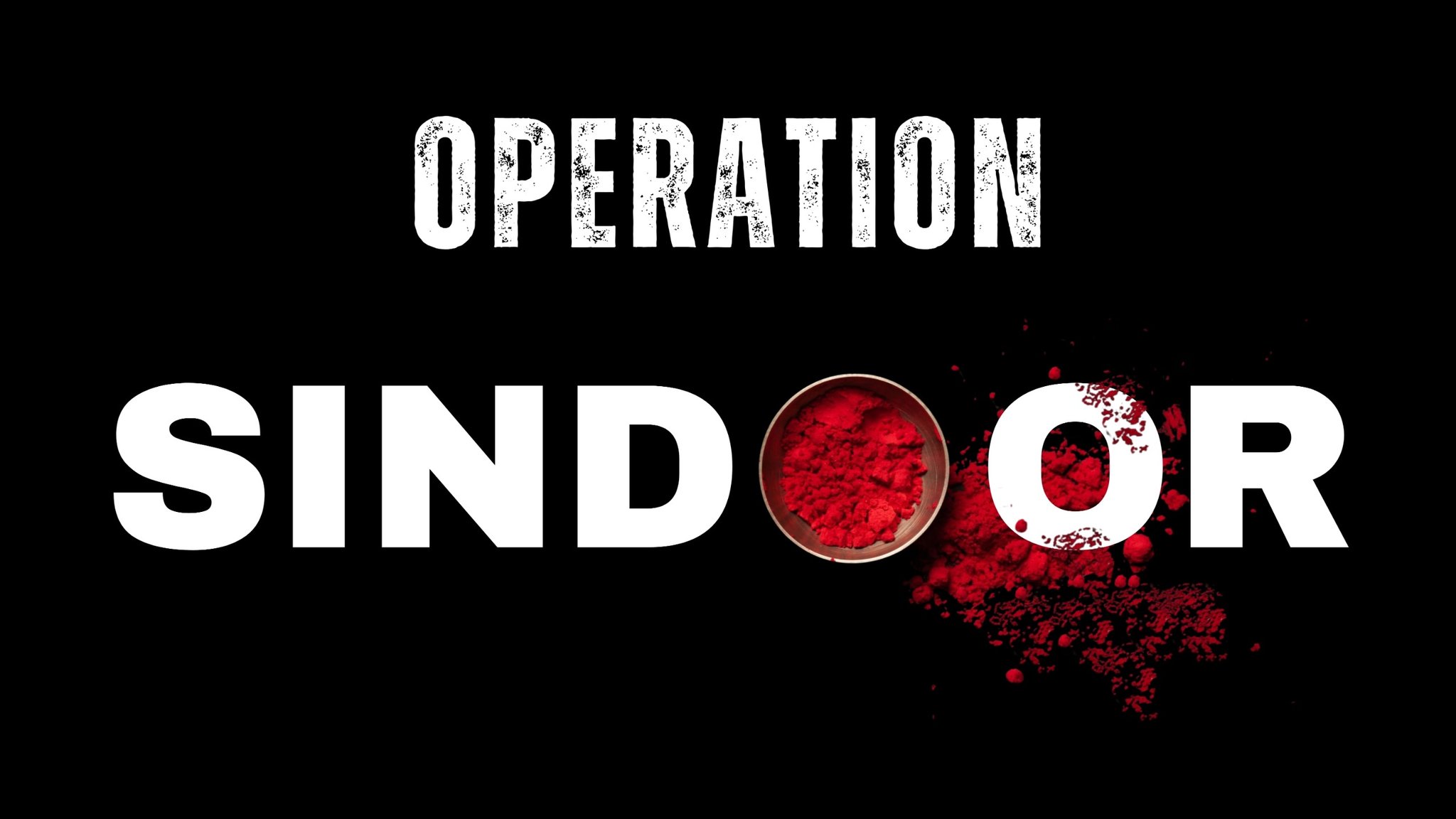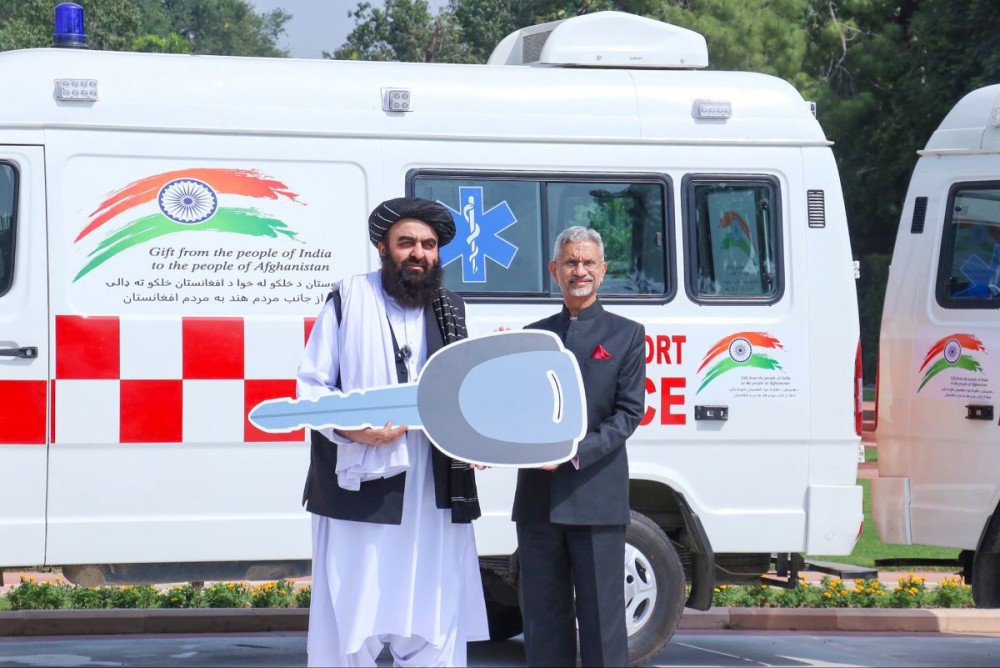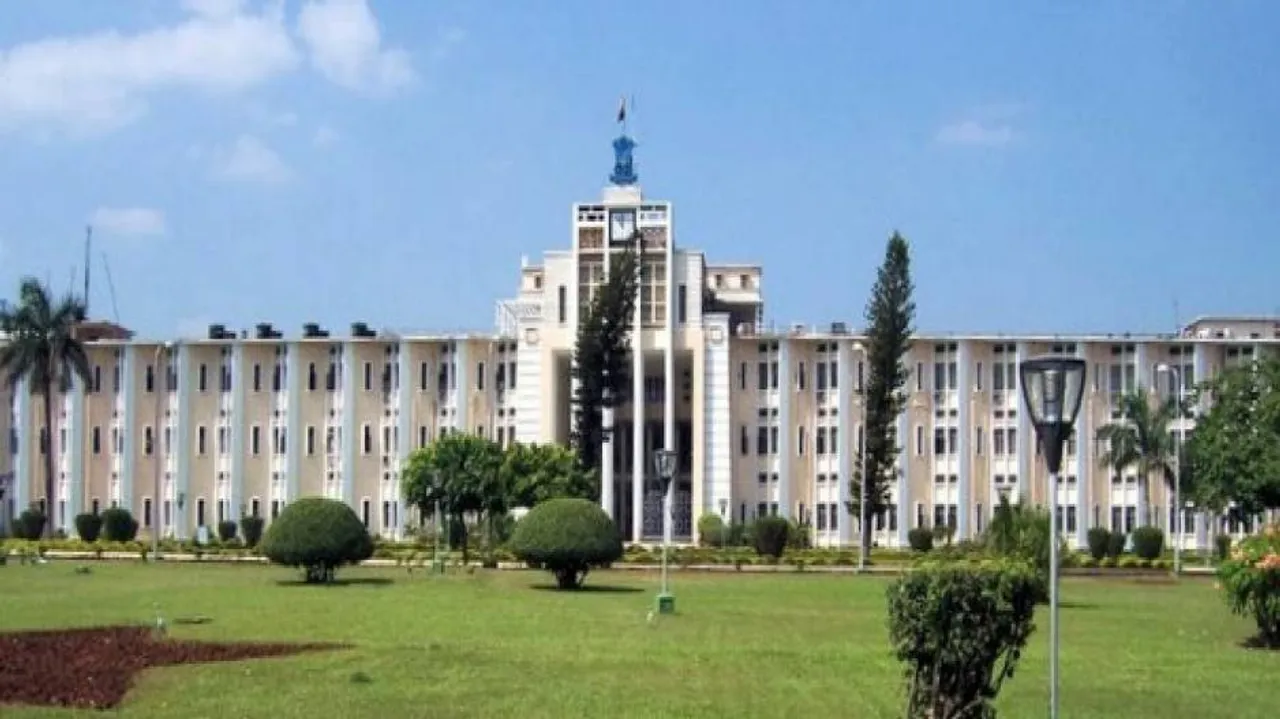In a strong response to the April 22 Pahalgam terror attack that killed 26 civilians, the Indian Armed Forces launched ‘Operation Sindoor’ in the early hours of Wednesday, striking nine terrorist infrastructure sites across Pakistan and Pakistan-occupied Kashmir (PoK). The precision strikes were aimed at camps linked to Jaish-e-Mohammed (JeM), Lashkar-e-Taiba (LeT), and Hizbul Mujahideen (HM).
The Indian Army confirmed the success of the operation on social media platform X with the statement: “Justice is served. Jai Hind!” The Ministry of Defence clarified that no Pakistani military facilities were targeted, underscoring that the operation focused solely on terror launchpads.
Prime Minister Narendra Modi, who had pledged firm retaliation following the Baisaran massacre, closely monitored the operation throughout the night.
Key Targets Hit in ‘Operation Sindoor’:
-
Bahawalpur (JeM HQ) – 100 km from the International Boundary
-
Muridke (LeT camp) – 30 km from the border opposite Samba
-
Gulpur – 35 km from LoC in Poonch-Rajouri
-
Sawai (LeT camp) – 30 km inside PoK, Tangdhar Sector
-
Bilal Camp (JeM launchpad)
-
Kotli (LeT camp) – 15 km from LoC opposite Rajouri
-
Barnala Camp – 10 km from LoC opposite Rajouri
-
Sarjal Camp (JeM) – 8 km from IB opposite Samba-Kathua
-
Mehmoona Camp (HM) – 15 km from IB near Sialkot
Pakistan acknowledged the strikes, stating that India used standoff weapons while remaining within its own airspace. However, Pakistan’s Inter-Services Public Relations (ISPR) condemned the operation, warning of a response “at a time and place of its choosing.”
Following the strike, India’s NSA Ajit Doval briefed US Secretary of State Marco Rubio, who confirmed the U.S. is monitoring the situation closely.
As a precautionary measure, schools in border districts of Jammu, Samba, Kathua, Rajouri, Poonch, and parts of Rajasthan and Punjab have been ordered closed on Wednesday.










